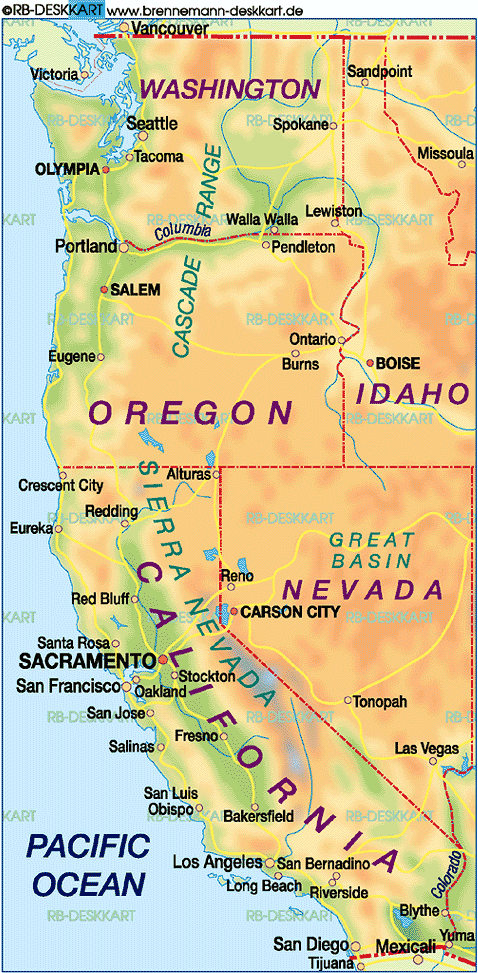By Liz Stanton, CPE Staff Economist
1. You've Been Psychologically Conditioned To Want a Diamond
The diamond engagement ring is a 63-year-old invention of N.W.Ayer advertising agency. The De Beers diamond cartel contracted N.W.Ayer to create a demand for what are, essentially, useless hunks of rock.
2. Diamonds are Priced Well Above Their Value
The De Beers cartel has systematically held diamond prices at levels far greater than their abundance would generate under anything even remotely resembling perfect competition. All diamonds not already under its control are bought by the cartel, and then the De Beers cartel carefully managed world diamond supply in order to keep prices steadily high.
3. Diamonds Have No Resale or Investment Value
Any diamond that you buy or receive will indeed be yours forever: De Beers' advertising deliberately brain-washed women not to sell; the steady price is a tool to prevent speculation in diamonds; and no dealer will buy a diamond from you. You can only sell it at a diamond purchasing center or a pawn shop where you will receive a tiny fraction of its original "value."
4. Diamond Miners are Disproportionately Exposed to HIV/AIDS
Many diamond mining camps enforce all-male, no-family rules. Men contract HIV/AIDS from camp sex-workers, while women married to miners have no access to employment, no income outside of their husbands and no bargaining power for negotiating safe sex, and thus are at extremely high risk of contracting HIV.
5. Open-Pit Diamond Mines Pose Environmental Threats
Diamond mines are open pits where salts, heavy minerals, organisms, oil, and chemicals from mining equipment freely leach into ground-water, endangering people in nearby mining camps and villages, as well as downstream plants and animals.
6. Diamond Mine-Owners Violate Indigenous People's Rights
Diamond mines in Australia, Canada, India and many countries in Africa are situated on lands traditionally associated with indigenous peoples. Many of these communities have been displaced, while others remain, often at great cost to their health, livelihoods and traditional cultures.
7. Slave Laborers Cut and Polish Diamonds
More than one-half of the world's diamonds are processed in India where many of the cutters and polishers are bonded child laborers. Bonded children work to pay off the debts of their relatives, often unsuccessfully. When they reach adulthood their debt is passed on to their younger siblings or to their own children.
8. Conflict Diamonds Fund Civil Wars in Africa
There is no reliable way to insure that your diamond was not mined or stolen by government or rebel military forces in order to finance civil conflict. Conflict diamonds are traded either for guns or for cash to pay and feed soldiers.
9. Diamond Wars are Fought Using Child Warriors
Many diamond producing governments and rebel forces use children as soldiers, laborers in military camps, and sex slaves. Child soldiers are given drugs to overcome their fear and reluctance to participate in atrocities.
10. Small Arms Trade is Intimately Related to Diamond Smuggling
Illicit diamonds inflame the clandestine trade of small arms. There are 500 million small arms in the world today which are used to kill 500,000 people annually, the vast majority of whom are non-combatants.
References:
Collier, Paul, "Economic Causes of Civil Conflict and Their Implications for Policy," World Bank, June 15, 2000.
Epstein, Edward Jay, "Have You Ever Tried to Sell a Diamond?", The Atlantic Monthly, February 1982. www.theatlantic.com/issues/82feb/8202diamond1.htm
Global Witness, "Conflict Diamonds: Possibilities for the Identification, Certification and Control of Diamonds," A Briefing Document, June 2000, www.globalwitness.org/text/campaigns/diamonds/reports.html
Human Rights Watch/Asia, "The Small Hands of Slavery: Bonded Child Labor In India," Human Rights Watch Children's Rights Project, www.hrw.org/reports/1996/India3.htm .
Human Rights Watch, "Children's Rights: Stop the Use of Child Soldiers;" www.hrw.org/campaigns/crp/index.htm .
Kerlin, Katherine "Diamonds Aren't Forever: Environmental Degradation and Civil War in the Gem Trade," The Environment Magazine, www.emagazine.com/september-october_2001/0901gl_consumer.html .
Le Billon, Philippe, "Angola's Political Economy of War: The Role of Oil and Diamonds, 1975-2000," African Affairs, (2001), 100, p.55-80.
Mines and Communities, "The Mining Curse: The roles of mining in 'underdeveloped' economies," Minewatch Asia Pacific/Nostromo Briefing Paper, February 1999, www.minesandcommunities.org/Country/curse.htm .
Other Facets, Number 1, April 2001; Number 2, June 2001; Number 3, October 2001, www.partnershipafricacanada.org/hsdp/of.html





